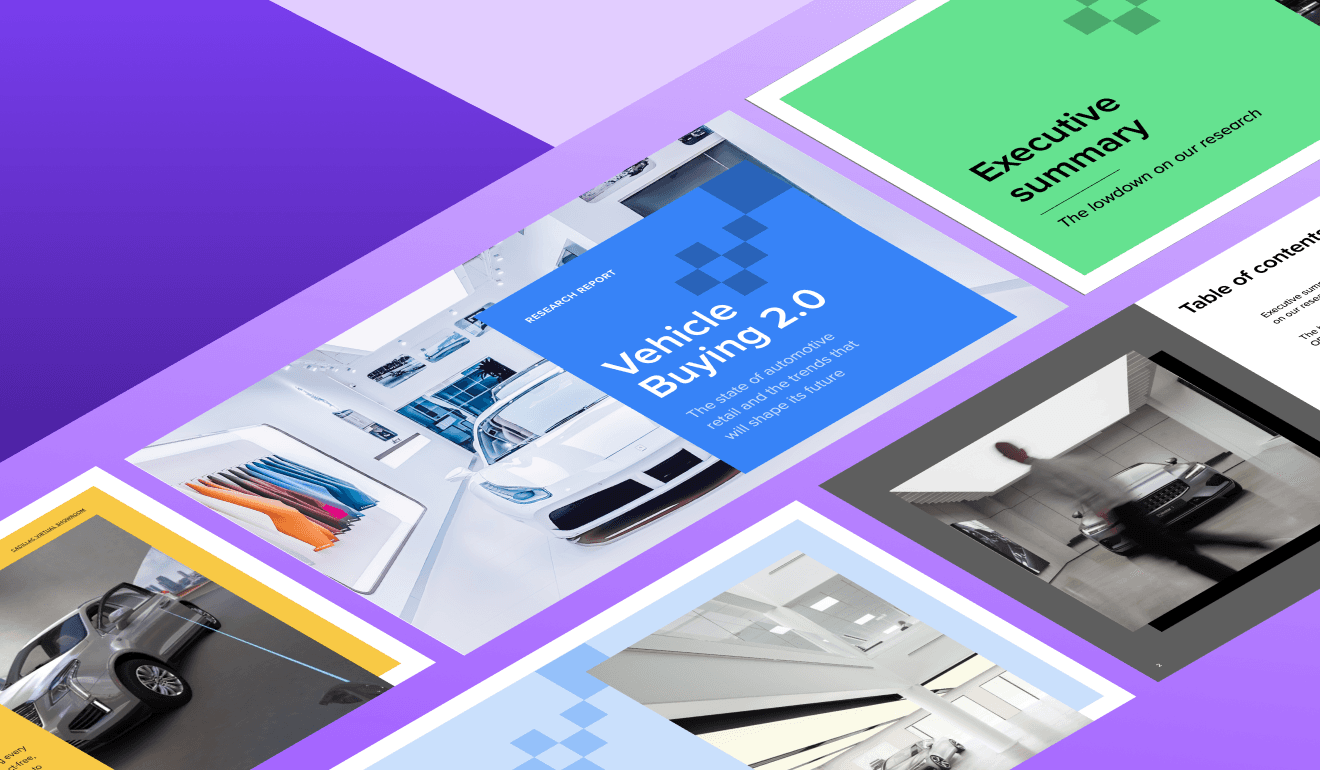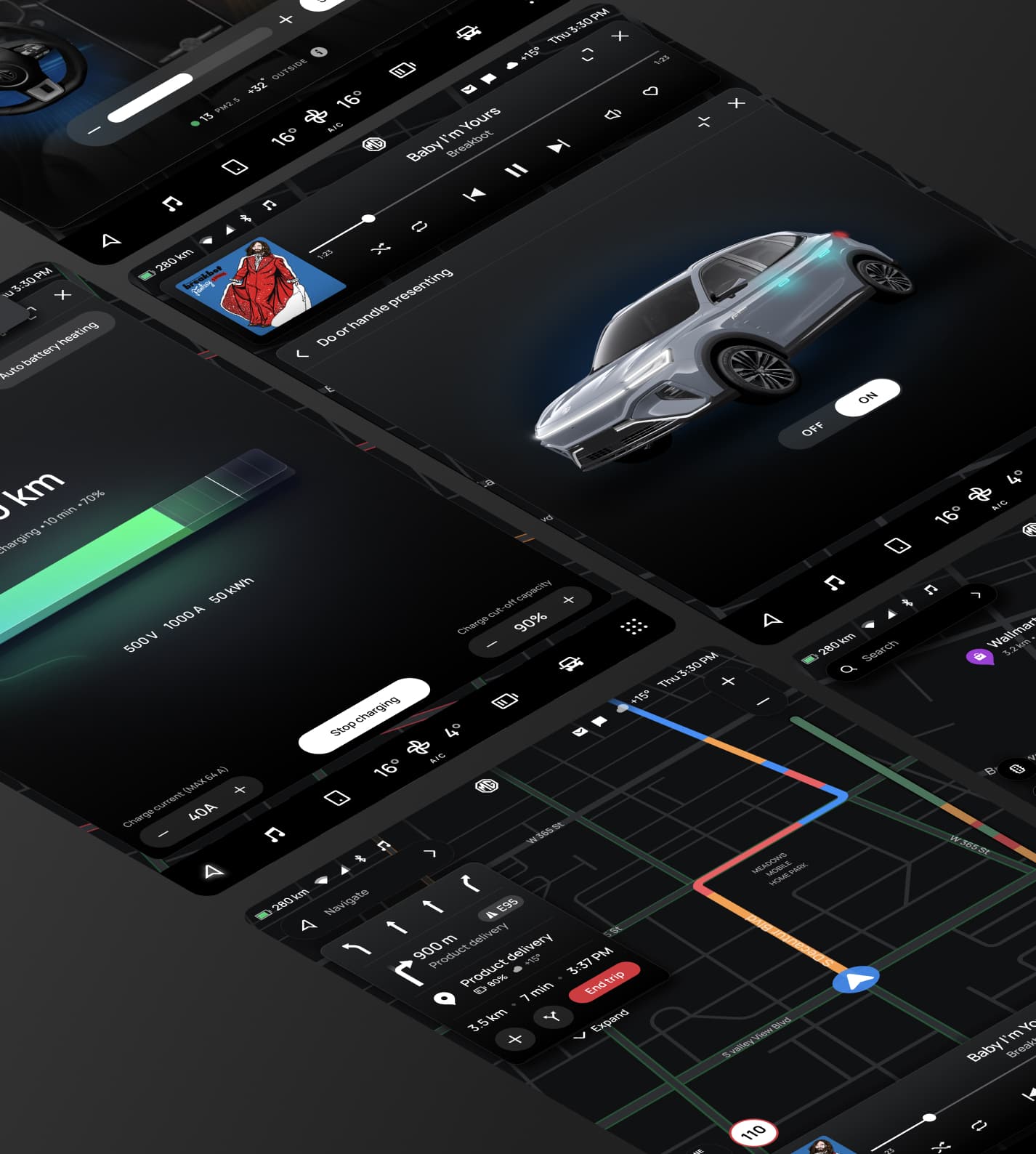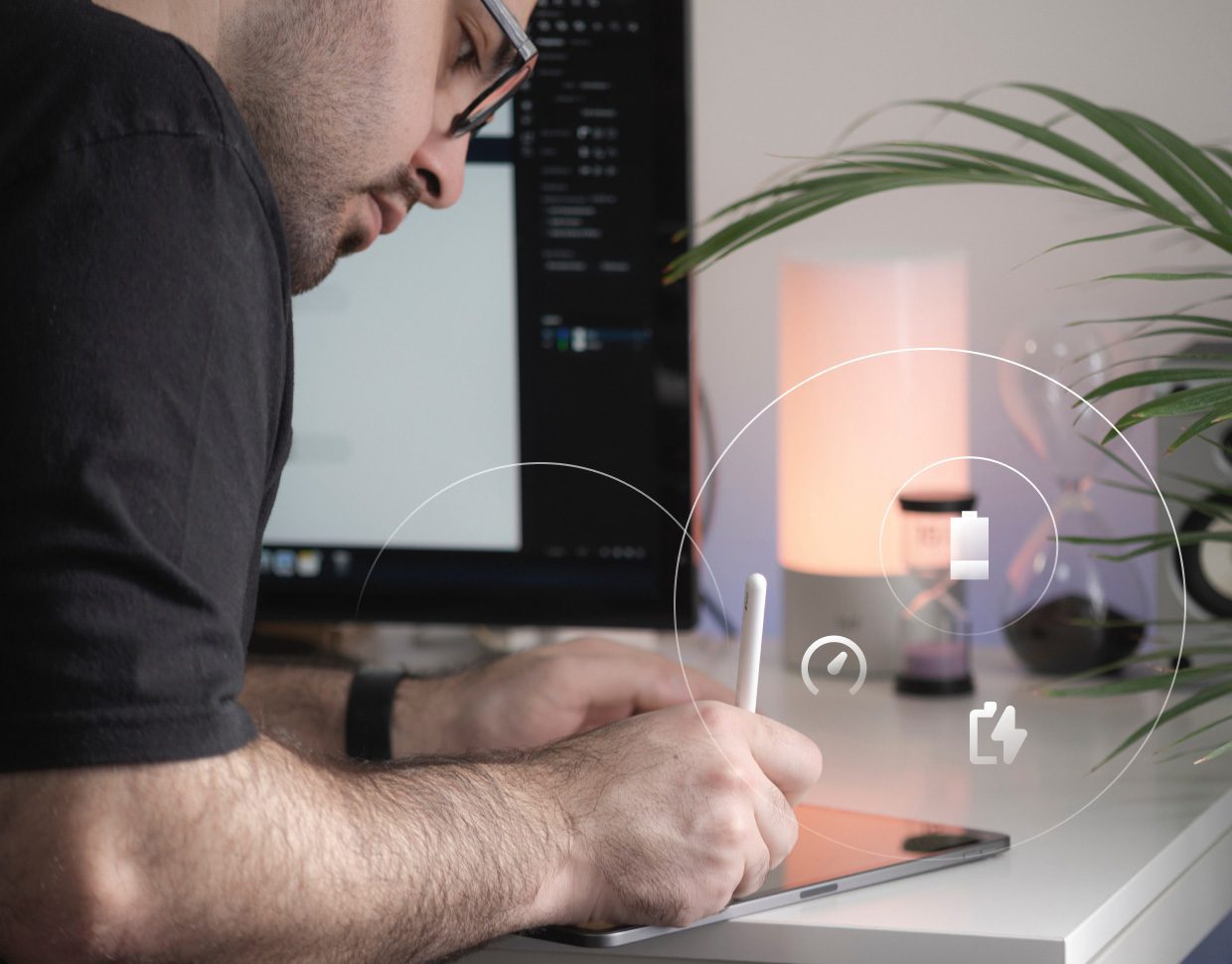Star, the global strategy, design and engineering consultancy has just released a comprehensive report on the current state of the automotive retail industry. The report identifies the main challenges facing OEMs and car dealerships, and reveals the trends that will shape the automotive industry during the next decade.

The automotive retail industry is in a state of flux. All players along the automotive retail value chain, from OEMs to car dealerships to technology start-ups are having to adapt to changing customer behavior and requirements. Thoroughly schooled in the ease and transparency of e-commerce platforms, consumers are now demanding the same level of simplicity when they purchase a car.
Purchasing journeys are expanding from being primarily in-person, in-dealership interactions to include an array of digital touchpoints which all influence consumers’ buying preferences and decisions. And now, the global COVID-19 pandemic threatens to permanently alter physical retail experiences. How can the industry meet these challenges? And how will these trends impact the automotive retail industry of the future?
Challenges abound for OEMs and car dealerships
These are the questions we address in our latest trend report, “Vehicle Buying 2.0”. We examine how OEMs and dealerships are coping with challenges such as:
- Growing consumer dissatisfaction with the car dealership experience
- The demand for a seamless, digital approach to car buying
- How to integrate online and offline customer experiences into a holistic brand journey
- How to simplify the car buying process
To help our automotive and mobility clients anticipate and adapt to future trends, we analyzed selected OEMs, independent dealerships and e-commerce platforms in the automotive retail space in specific regions. We studied and compared current on- and off-line OEM capabilities, examined emerging technologies and investigated the factors influencing consumers’ buying habits and choices. Then, based on that investigation, we have identified the key trends impacting automotive retail today, and the ones that will impact it in the future.

Artem Yakovenko
Product Manager at Star
Adapting to the digital car buying journey
As is the case with any industry, there are players who are meeting the challenge; forward-looking brands that have managed to accelerate innovation in order to offer consumers the flexible, digital purchasing process they demand. Our report highlights some of these players whose solutions are already reshaping the industry. We also identify key emerging trends in automotive retail; new approaches that we believe will come to define the future of automotive retailing. We provide a breakdown of these trends across brands and regions, and provide real-world examples of these trends in the major automotive markets. Here are just a few of the trends our report examines:
- VR/AR adoption: This technology is rapidly becoming a must-have for niche and mainstream car brands alike. OEMs use it to create unique, branded experiences that help to build brand affinity and loyalty. They also use it as a key tool in the customer buying journey, enabling potential buyers to get an up-close look at key features, visualize vehicle customizations and explore “under-the-hood” vehicle mechanics.
- Contactless delivery: Of all the trends we examined in our research, this is perhaps the one most fueled by the current pandemic. Social distancing requirements and quarantines have forced car dealerships to rethink the buying process, finding ways to reduce, or even eliminate, personal interactions. This includes everything from online reservations and at-home test drives, to finding ways of delivering cars without in-person contact.
- Direct selling: Consumers want a simpler process for buying a car. Many are suspicious of dealerships and believe the entire financing process is a bit of a black box. In a desire to remove complexity, many OEMs are experimenting with direct-to-consumer models. This trend is also accelerating thanks to the all-electric vehicles, who already sell directly to customers.
- Subscription models: Yes, the subscription model that is represented in every other corner of our lives, from entertainment content to eyewear, is now coming to a car dealership near you. These models offer the flexibility that younger consumers crave, and they can also be used to appeal to the higher-end luxury market as well.

Find out more about our work within the Automotive & Mobility industry.
The future of automotive retail
We conclude by giving our predictions for the automotive retail industry, anno 2025-2030. Over the next decade, we expect to see even more digitalization and disruption. Here’s a preview of some of the trends we expect to shape the future car buying experience:
- From sales rep to brand ambassador: As we’ve highlighted, an increasing part of the consumer buying journey is taking place via digital channels. We believe this trend will continue, and dramatically alter the role of the car dealer. Rather than focusing on selling the car, presenting key features and informing consumers, dealer reps will take on a more advisory role, providing counsel and the “human touch”.
- Building brand loyalty from the start: The digitized consumer journey will also drive OEMs and dealers to build brand loyalty at earlier stages in the journey than we see today. To do this, they’ll have to leverage digital tools, social media and events to target non-owners, and build brand affinity at the exploration or consideration stage of the purchasing journey.
- Catering to shared ownership: While this development is probably closer to 2030 than 2025, OEMs and dealers will have to develop business models that cater to consumers who don’t want to own a vehicle. This will open up new revenue sources for OEMs, as they think beyond hardware to ways of selling digital products and services.




